This article has been reviewed according to Science X's editorial process and policies. Editors have highlighted the following attributes while ensuring the content's credibility:
fact-checked
peer-reviewed publication
trusted source
proofread
Galactic bloodlines: Many nearby star clusters originate from only three 'families'
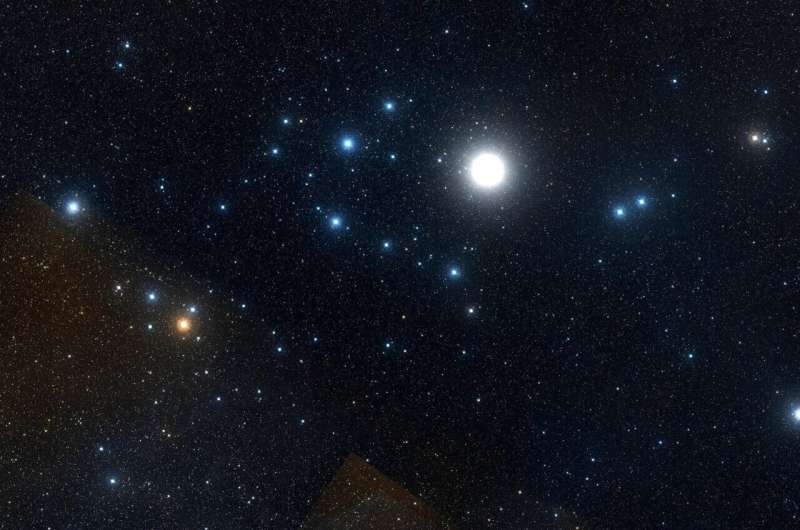
An international team of astronomers led by the University of Vienna has deciphered the formation history of young star clusters, some of which we can see with the naked eye at night. The team, led by Cameren Swiggum and João Alves from the University of Vienna and Robert Benjamin from the University of Wisconsin-Whitewater, reports that most nearby young star clusters belong to only three families, which originate from very massive star-forming regions.
This research also provides new insights into the effects of supernovae (violent explosions at the end of the life of very massive stars) on the formation of giant gas structures in galaxies like our Milky Way. The results were published in the journal Nature.
"Young star clusters are excellent for exploring the history and structure of the Milky Way. By studying their movements in the past and thus their origin, we also gain important insights into the formation and evolution of our galaxy," says João Alves from the University of Vienna, co-author of the study.
Using precise data from the European Space Agency's (ESA) Gaia mission and spectroscopic observations, the team traced the origins of 155 young star clusters within a radius of about 3,500 light-years around the sun. Their analysis shows that these star clusters can be divided into three families with common origins and formation conditions.
"This indicates that the young star clusters originate from only three very active and massive star-forming regions," says Alves. These three star families are named after their most prominent star clusters: Collinder 135 (Cr135), Messier 6 (M6), and Alpha Persei (αPer).
"These findings offer a clearer understanding of how young star clusters in our galactic neighborhood are interconnected, much like members of a family or 'bloodlines'," says lead author Cameren Swiggum, a doctoral student at the University of Vienna. "By examining the 3D movements and past positions of these star clusters, we can identify their common origins and locate the regions in our galaxy where the first stars in these respective star clusters formed up to 40 million years ago."
-
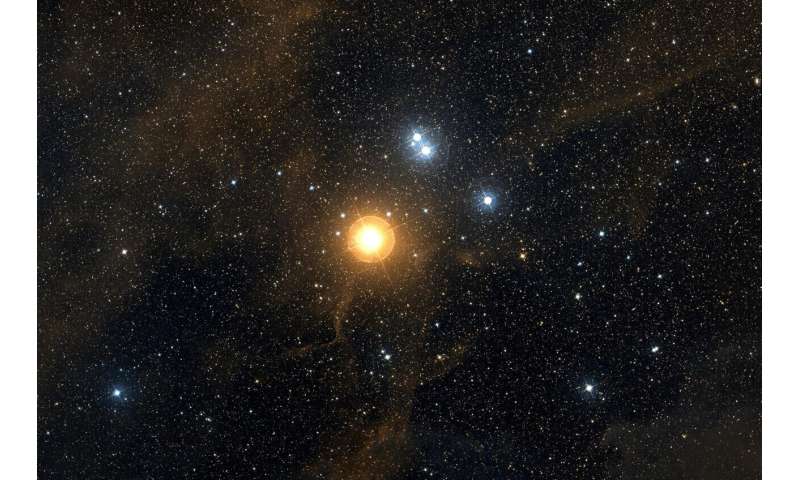
The Collinder 135 star cluster: An optical image of the Collinder 135 star cluster from the second Digitized Sky Survey (DSS-II). This cluster is one of the earliest formed in the Collinder 135 family and is the namesake of the family. Credit: ESO/STScI Digitized Sky Survey II -
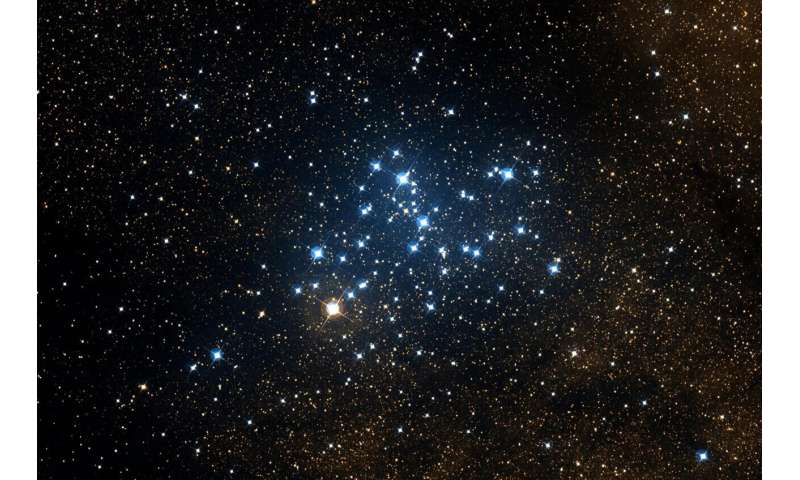
The Messier 6 star cluster: An optical image of the Messier 6 star cluster, also known as the "Butterfly cluster", from the second Digitized Sky Survey (DSS-II). This cluster is one of the earliest formed in the Messier 6 family and is the namesake of the family. Credit: ESO/STScI Digitized Sky Survey II -
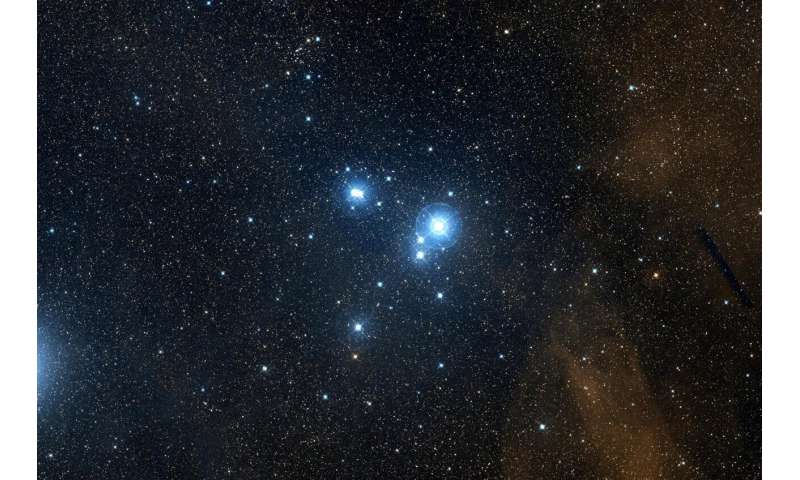
The IC 2391 star cluster: An optical image of the IC 2391 star cluster, also known as the "Omicron Velorum cluster", from the second Digitized Sky Survey (DSS-II). It is a member of the Messier 6 family. Credit: ESO/STScI Digitized Sky Survey II
These massive explosions likely also created our 'local bubble'
The study found that over 200 supernova explosions must have occurred within these three star cluster families, releasing enormous amounts of energy into their surroundings. The authors concluded that this energy likely had a significant impact on the gas distribution in the local Milky Way.
"This could explain the formation of a superbubble, a giant bubble of gas and dust with a diameter of 3,000 light-years around the Cr135 family," explains Swiggum. Our solar system is also embedded in such a bubble, the so-called Local Bubble, which is filled with very thin and hot gas.
"The Local Bubble is probably also linked to the history of one of the three star cluster families," adds Swiggum. "And it has likely left traces on Earth, as suggested by measurements of iron isotopes (60Fe) in the Earth's crust."
-
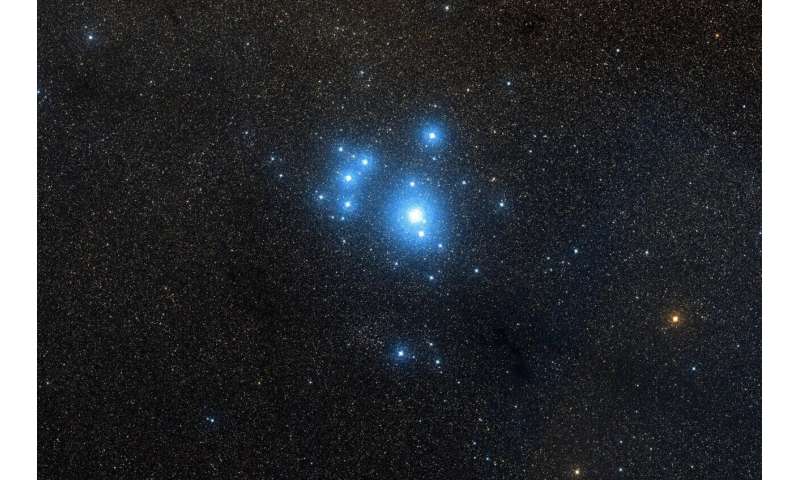
The IC 2602 star cluster: An optical image of the IC 2602 star cluster, also known as the "Southern Pleiades", from the second Digitized Sky Survey (DSS-II). It is a member of the Alpha Persei family. Credit: ESO/STScI Digitized Sky Survey II -
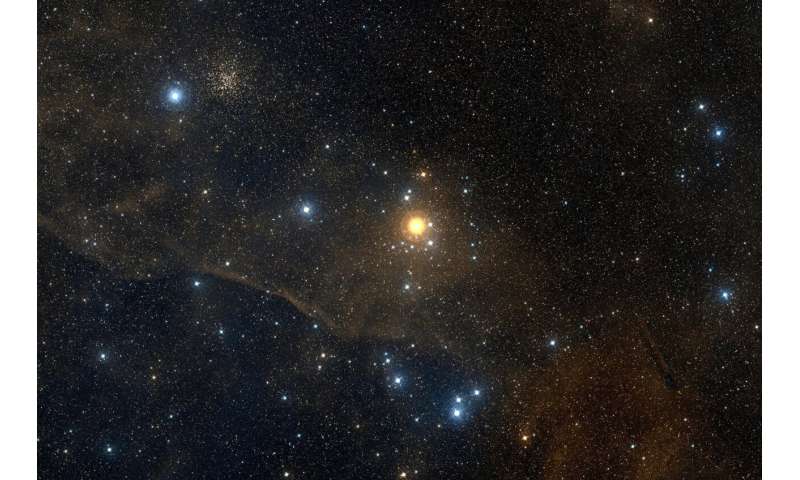
The NGC 2451A star cluster: An optical image of the NGC 2415A star cluster from the second Digitized Sky Survey (DSS-II). It is a member of the Messier 6 family. Credit: ESO/STScI Digitized Sky Survey II -
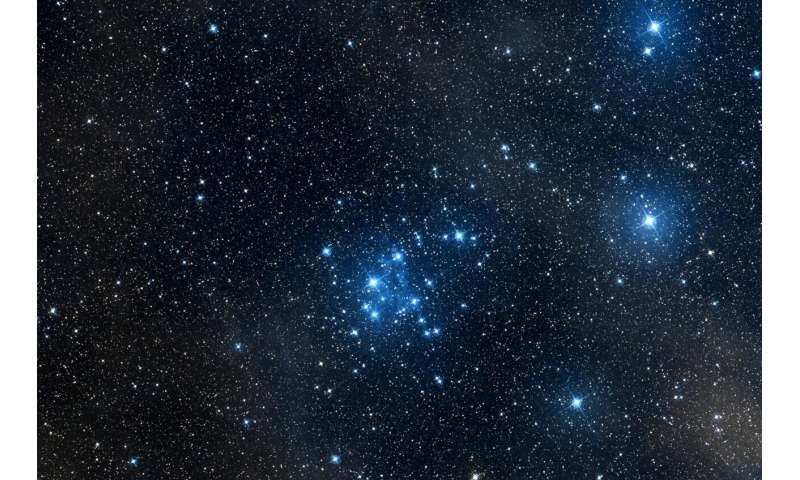
The NGC 2547 star cluster: An optical image of the NGC 2547 star cluster from the second Digitized Sky Survey (DSS-II). It is a member of the Collinder 135 family. Credit: ESO/STScI Digitized Sky Survey II
"We can practically turn the sky into a time machine that allows us to trace the history of our home galaxy," says Alves. "By deciphering the genealogy of star clusters, we also learn more about our own galactic ancestry." In the future, Alves' team plans to investigate more precisely whether and how our solar system has interacted with interstellar matter in our home galaxy, the Milky Way.
More information: Cameren Swiggum, Most nearby young star clusters formed in three massive complexes, Nature (2024). DOI: 10.1038/s41586-024-07496-9. www.nature.com/articles/s41586-024-07496-9
Journal information: Nature
Provided by University of Vienna





















